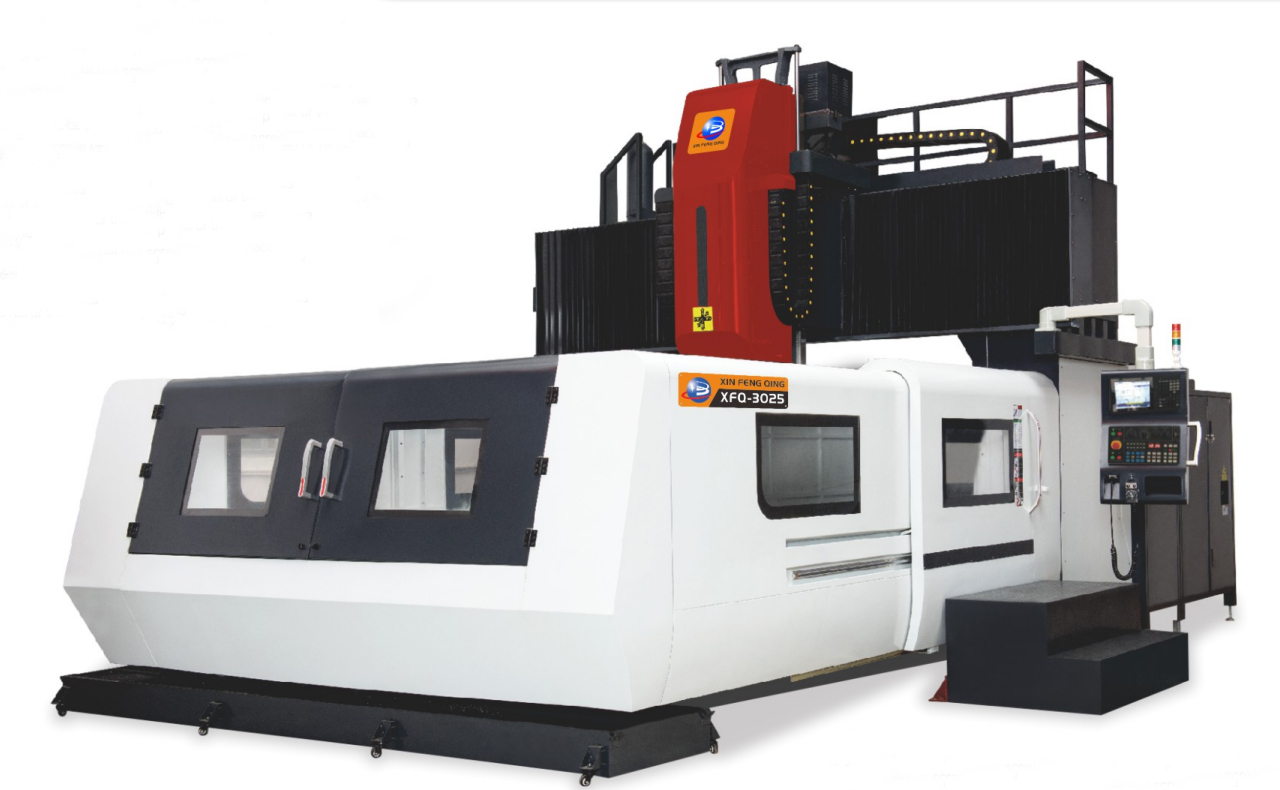When it comes to designing or renovating a bathroom, the ceiling is often overlooked. However, choosing the right material for your bathroom ceiling is crucial for both aesthetic appeal and functionality. In this article, we will delve into the various materials available for bathroom ceilings and explore their pros and cons, helping you make an informed decision that aligns with your needs and preferences.
- Moisture Resistance:
One of the primary considerations for a bathroom ceiling material is its ability to withstand moisture. Bathrooms are high-humidity environments, prone to condensation and potential water damage. Therefore, opting for a moisture-resistant material is essential to prevent mold growth and structural issues.
a. Fiberglass Reinforced Panels (FRP):
FRP panels are an excellent choice for bathroom ceilings due to their exceptional moisture resistance. Made from reinforced plastic, these panels are durable, lightweight, and resistant to mold and mildew. They are also easy to clean and maintain, making them a popular choice among homeowners.
b. PVC Ceiling Tiles:
PVC ceiling tiles are another viable option for bathroom ceilings. These tiles are designed to be water-resistant and are available in various styles and finishes. PVC tiles are relatively easy to install and can provide a sleek and modern look to your bathroom.
- Aesthetic Appeal:
While functionality is crucial, the visual aspect of your bathroom ceiling should not be overlooked. The right material can enhance the overall ambiance and style of your bathroom.
a. Suspended Ceilings:
Suspended ceilings, also known as drop ceilings, offer a versatile and visually appealing option for bathroom ceilings. These ceilings consist of a grid system with ceiling tiles placed within it. They allow for easy access to plumbing and electrical systems while providing a clean and polished look.
b. Wood Paneling:
For those seeking a warm and natural aesthetic, wood paneling can be an excellent choice. However, it is important to note that wood is susceptible to moisture damage. Therefore, it is crucial to treat the wood properly and ensure proper ventilation in the bathroom to prevent any issues.
- Acoustic Properties:
In bathrooms, where echoes and sound reverberation can be a concern, considering the acoustic properties of the ceiling material is essential.
a. Acoustic Ceiling Tiles:
Acoustic ceiling tiles are designed to absorb sound, reducing echoes and creating a more peaceful environment. These tiles are available in various designs and can be an excellent choice for bathrooms where noise reduction is a priority.
b. Textured Finishes:
Applying a textured finish to your bathroom ceiling can also help in reducing sound reflections. Textured finishes, such as popcorn or stucco, can add visual interest while serving the purpose of sound absorption.
Conclusion:
Choosing the best material for your bathroom ceiling involves considering factors such as moisture resistance, aesthetic appeal, and acoustic properties. By carefully evaluating the options available, such as fiberglass reinforced panels, PVC ceiling tiles, suspended ceilings, wood paneling, acoustic ceiling tiles, and textured finishes, you can create a bathroom space that is both functional and visually appealing. Remember to prioritize moisture resistance to ensure the longevity and durability of your chosen material.





+ There are no comments
Add yours